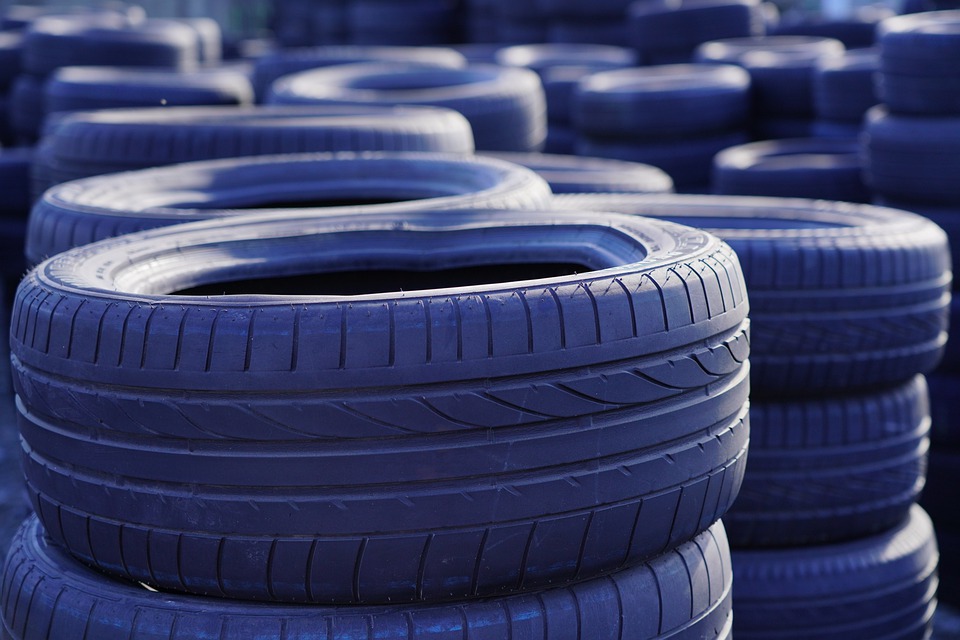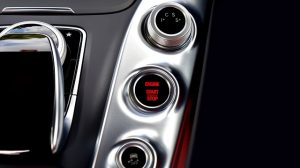Used tires are generally cheaper than new ones. This is because they have already been used before being put back on the market. In fact, some motorists end up with tires in pretty good condition after selling their vehicle. But on the market, you can find used tires in good condition as well as those in bad condition. So how do you recognize a used tire in good condition?
What Are the Risks of Buying a Used Tire?
Buying a used tire can be risky if you don’t know the history of the equipment. It may have been used or stored improperly. As a result, it may have damage that could render it completely unusable. For further explanation, you can contact a tire professional.
Damage to used tires is not usually visible from the outside. The quality of the inner lining, for example, cannot be checked from the outside. Unless you check the inside of the tire. So you need to be very careful when buying a used tire.
What Should I Check Before Buying a Used Tire?
If you are going to buy used tires, there are some things you should check.
Check the Size of the Tire
The characteristics of tires vary from vehicle to vehicle. Before you pick up a used tire, you need to determine what you need. By checking your vehicle manufacturer’s specifications, you can identify the type and size of your tire. For your own safety, you should follow these guidelines when selecting a used tire.
Appreciate Normal Tire Wear
All tires have a limited time of use. This time varies depending on the type of rubber used and the use to which it is put. So before you buy used tires, you should check to see if they still have significant life left in them.
According to the law, the grooves of a tire must be at least 2/32 inches thick. If you take a 6/32 inch tire for example, we agree that you are not going to get much use out of it. Unless you don’t drive long distances.
Calculating the wear of a tire is done by referring to a gauge specifically designed for this purpose. If you don’t have this instrument, you can check with a quarter only. Simply align the snout of the caribou on the coin downwards. Then insert the quarter into one of the tire’s slots. If you can no longer see the caribou snout, you will be able to use your tire for at least one season.
Watch for Abnormal Wear
Little rubber deteriorates over time and this is normal. However, a used tire could have been worn in some other way, which could put you at risk. If the previous owner drove the tire with a flat and deflated for a certain distance, this can affect the rubber. The sidewall may weaken and could possibly burst. To be on the safe side, you can check the sidewall for scratches. Black powder on the inside could also indicate a sagging sidewall.
Check the Date of Manufacture.
Even if a tire still appears to be in good condition, note that it has a limited life of 6 years. You may see an alphanumeric code on the side of the tire. This can help you find the date of manufacture of the tire in question. The last two digits of the inscription correspond to the year the tire was designed. The next to last two digits indicate the specific week in the year.
Check the Storage
Tire storage conditions are very important to the condition of the equipment. A well-stored tire, protected from light and in the proper position, will increase its life span.




